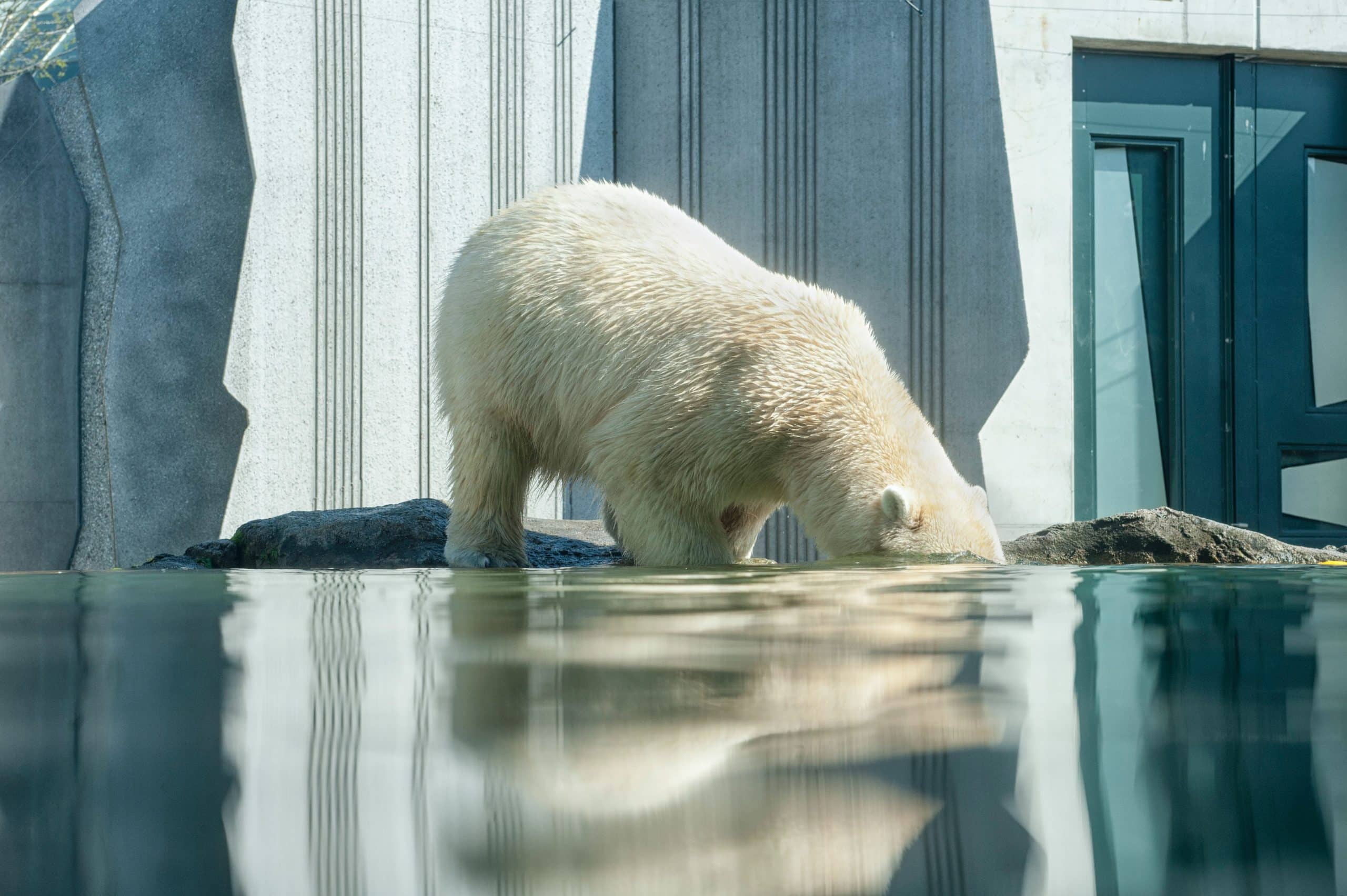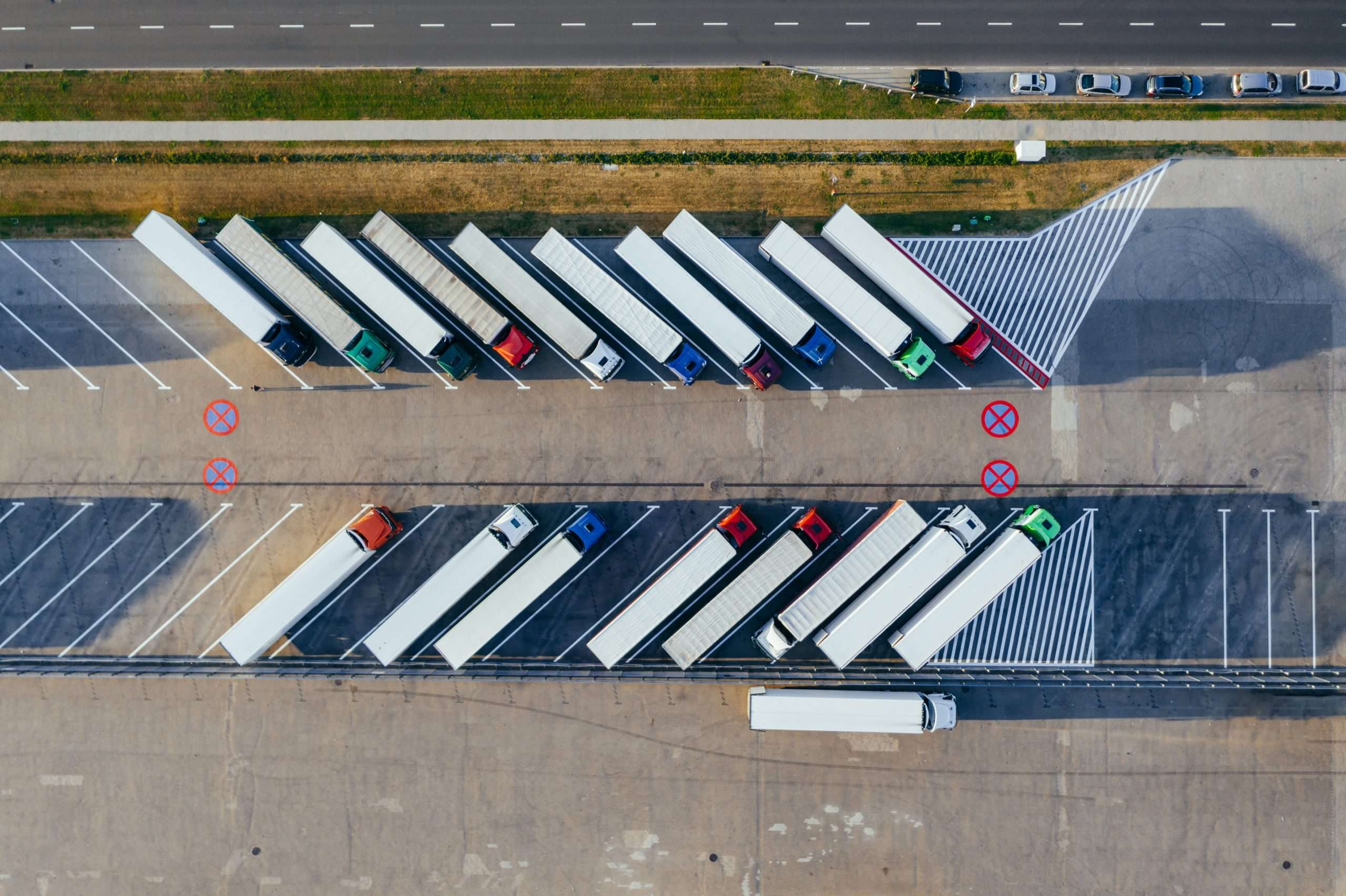Today, everyone is afraid of running out of everything: from toilet paper to semiconductors, from pasta to vaccines. The pandemic has highlighted the vulnerability of supply in a global world. Breaking points and bottlenecks are multiplying.
Germany’s IFO institute estimates that nearly half of the country’s companies have significant supply disruptions that challenge the recovery. Moreover, according to the IHS Markit index, delivery delays in Europe are at a 23-year high. And, of course, prices are skyrocketing.
To meet the challenge, we should perhaps take inspiration from those who have become masters in managing critical systems and their failures: NASA. No one knows better than them how to secure a chain of events and deal with unexpected crises. However, where does the problem start?
Our supplies, even agricultural supplies, depend to a large extent on the industry. However, the share of industrial production has decreased in most industrialized countries. It now represents 11% of GDP in the United States, 10% in France and 9% in the United Kingdom. Only Germany and Switzerland have resisted this trend. Their industrial production still represents 19% of GDP.
If industry has become globalized, its local consequences remain significant. In the United States, for example, it accounts for 20% of investments, 30% of productivity growth, 60% of exports, and more than 70% of research and development spending.
On the other hand, globalization has created an increasing vulnerability to supply. If the Taiwanese semiconductor company TSMC experiences delays in delivery, part of the global auto industry comes to a halt. If Houthi rebels attack Saudi refineries in Abqa’iq and Khurais with drones, oil prices rise dramatically.
In addition, there is a vulnerability in transport. For example, when the container ship Ever Given obstructs the Suez Canal, 100 ships are blocked, and more than 3 billion dollars worth of products cannot pass through each day. It will be necessary to wait until mid-May to catch up with deliveries to Europe and Asia. There are about a dozen similar maritime bottlenecks in the world: Panama, Ormuz, Bab-el-Mandeb, the Bosporus, Malacca, etc.
Business leaders are aware of the risk. A recent McKinsey Global Institute survey showed that they expect the frequency of supply chain disruptions to increase, between one and two weeks of disruption every two years and more than two months every five years. That is twice what it was ten years ago. So how to deal with this challenge?
For politicians, the solution is to repatriate factories and restore national champions. This is the strategy of large countries like China and the United States. Specific industries or technologies must be considered strategic and therefore protected. But for the rest of the world, isolationism is not an option.
This is where NASA’s experience shows an alternative: first double or triple critical systems, in this case, supply chains. For example, Apple moves 30 per cent of its AirPods production from China to Vietnam. Three of Apple’s key suppliers, Hon Hai Precision Industry, Pegatron and Wistron, are investing heavily in India to avoid being too dependent on China. Today, the security of the value chain comes before costs. It is the same approach in space missions.
NASA-style management is full of lessons for companies, as it combines efficiency and safety. NASA – like the European Space Agency or SpaceX – has developed a real competence in testing processes and managing crisis scenarios constantly. The goal is to anticipate and not just to be reactive.
In addition, all space agencies are working on human crisis management. How do astronauts react when things go wrong? How do they keep their nerve and continue to work with colleagues on board and on earth? And above all, how they quickly find innovative solutions without preconception.
The post-Covid world is a bit like a remake of Apollo 13. The vulnerability of the world economy’s supply chain can be compared to the breakdown of a space station’s critical systems. ” Houston, we have a problem” – this time, it may be the companies calling.

 5.0
5.0 

















